The “Oxford Handbook of Medical Dermatology” is a concise yet comprehensive resource designed to assist healthcare professionals in the diagnosis and management of dermatological conditions encountered in clinical practice. Part of the “Oxford Medical Handbooks” series, this handbook provides practical guidance, evidence-based recommendations, and essential information for medical students, residents, general practitioners, dermatologists, and other healthcare professionals involved in the care of patients with skin diseases.
Key features of the “Oxford Handbook of Medical Dermatology” may include:
- Systematic Approach: The handbook offers a systematic approach to the evaluation and management of dermatological conditions, covering a wide range of skin disorders, including inflammatory, infectious, neoplastic, and genetic conditions. It provides step-by-step guidance on history-taking, physical examination, differential diagnosis, and treatment planning.
- Diagnostic Principles: The handbook emphasizes diagnostic principles and clinical reasoning in dermatology, helping healthcare professionals develop differential diagnoses based on clinical presentation, morphology of skin lesions, distribution patterns, and patient characteristics. It discusses the importance of recognizing key features, performing targeted investigations, and considering relevant differential diagnoses to arrive at an accurate diagnosis.
- Management Strategies: Practical recommendations for the management of dermatological conditions are provided, including pharmacological treatments, procedural interventions, and non-pharmacological approaches. The handbook discusses evidence-based treatment options, treatment algorithms, and therapeutic considerations for common skin disorders encountered in clinical practice.
- Special Populations: Special considerations for managing dermatological conditions in specific populations, such as pediatric patients, elderly individuals, pregnant women, and immunocompromised patients, are addressed. The handbook discusses unique clinical presentations, differential diagnoses, and treatment considerations relevant to these populations.
- Emergency Dermatology: Guidance on the management of dermatological emergencies and urgent conditions, such as Stevens-Johnson syndrome, toxic epidermal necrolysis, severe drug reactions, and acute infections, is provided. The handbook emphasizes the importance of prompt recognition, early intervention, and appropriate referral in managing dermatological emergencies.
- Clinical Pearls and Tips: Clinical pearls, practical tips, and expert insights from experienced dermatologists are included throughout the handbook to enhance diagnostic accuracy, treatment efficacy, and clinical decision-making. These insights provide valuable guidance for navigating complex clinical scenarios and optimizing patient care.
- Illustrations and Clinical Images: Richly illustrated with high-quality clinical photographs, diagrams, and histopathological images, the handbook facilitates visual recognition of dermatological conditions and enhances understanding of their clinical features. Visual aids help readers identify characteristic morphologies, distribution patterns, and diagnostic clues associated with different skin disorders.
- Quick Reference Format: The handbook is organized in a concise, user-friendly format, making it easy to access information quickly during clinical encounters. It features bulleted lists, tables, algorithms, and summary boxes summarizing key points, diagnostic criteria, treatment recommendations, and follow-up guidelines.
Overall, the “Oxford Handbook of Medical Dermatology” serves as a valuable resource for healthcare professionals seeking practical guidance in the diagnosis and management of dermatological conditions. Its comprehensive coverage, evidence-based approach, and user-friendly format make it an indispensable tool for dermatologists and non-dermatologists alike in providing high-quality care for patients with skin diseases.

 Anaesthesia books
Anaesthesia books Behavioral Science Books
Behavioral Science Books Cardiology Books
Cardiology Books Obstetric and Gynecology
Obstetric and Gynecology AMC Books
AMC Books Prepladder Notes
Prepladder Notes Stethoscope
Stethoscope Dermatology Books
Dermatology Books Neurosurgery Books
Neurosurgery Books Dentistry Books
Dentistry Books ENT Books
ENT Books Anatomy Books
Anatomy Books Biochemistry Books
Biochemistry Books Biostatistics Books
Biostatistics Books Plab Books
Plab Books Radiology Books
Radiology Books Surgery Books
Surgery Books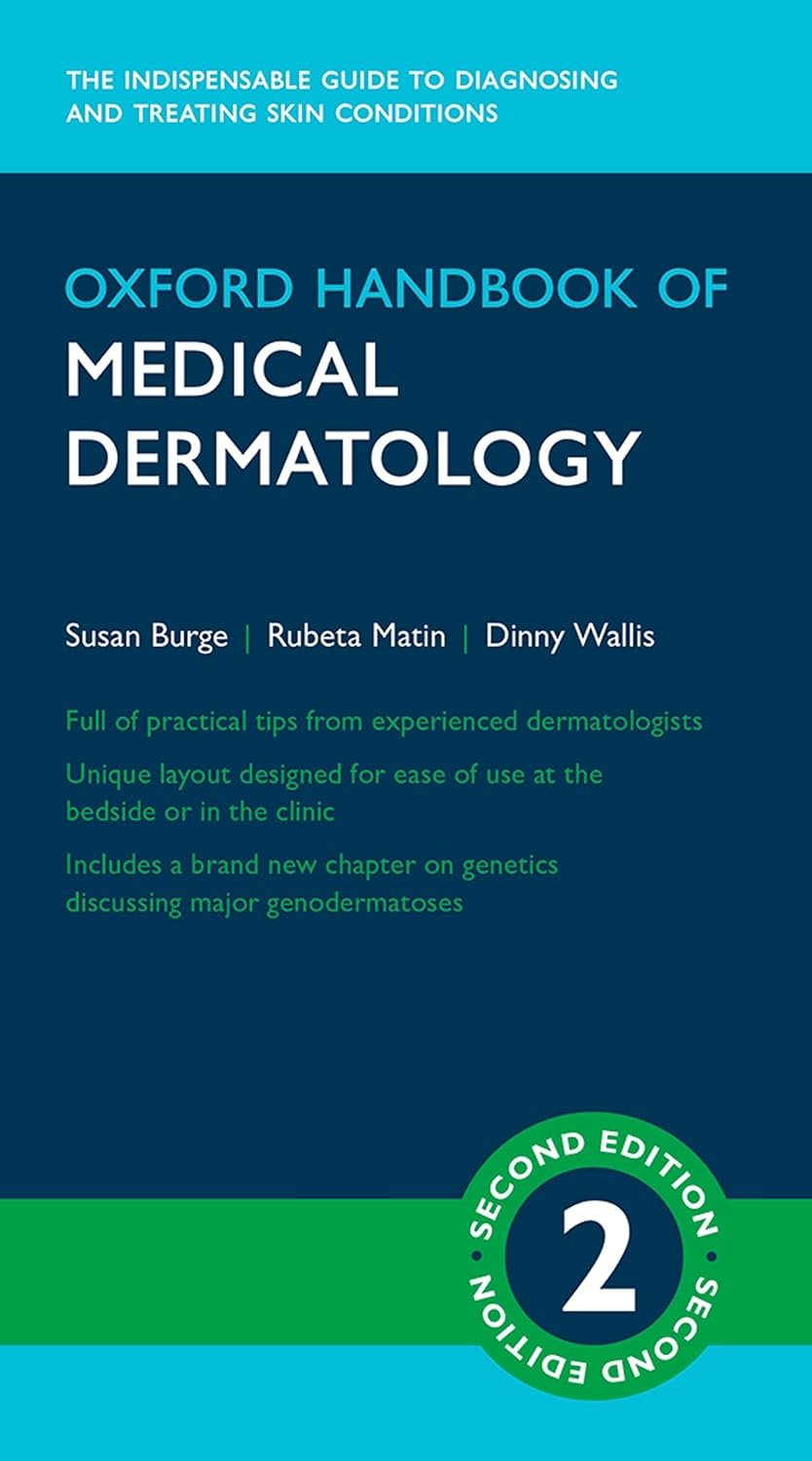
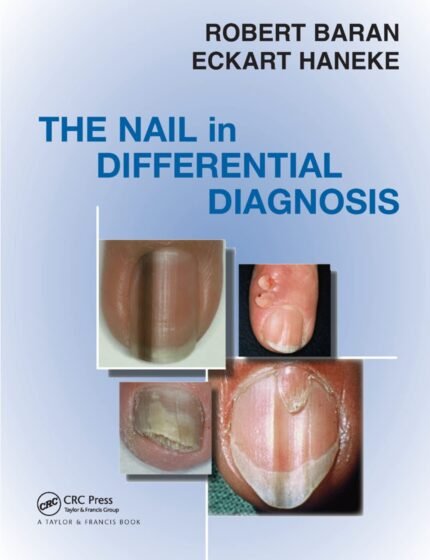





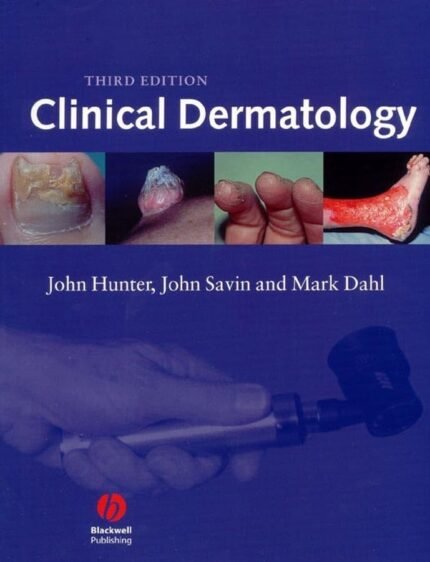
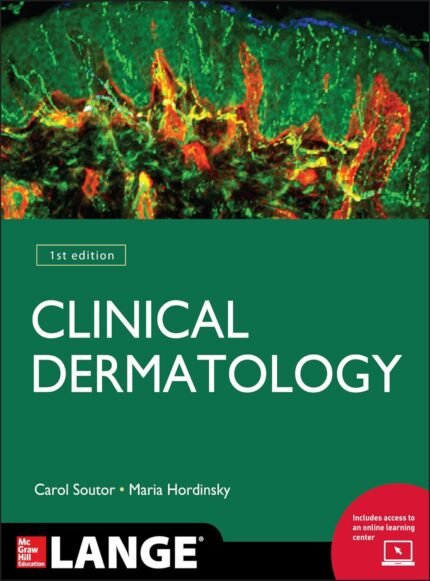
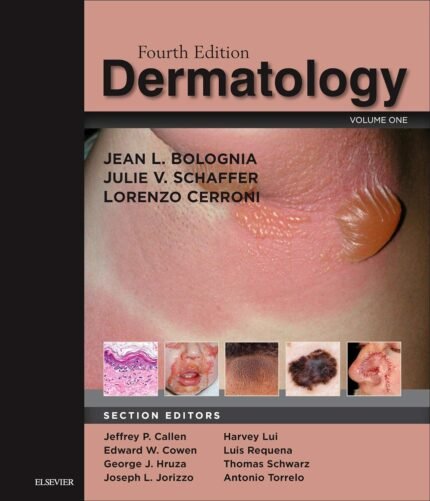
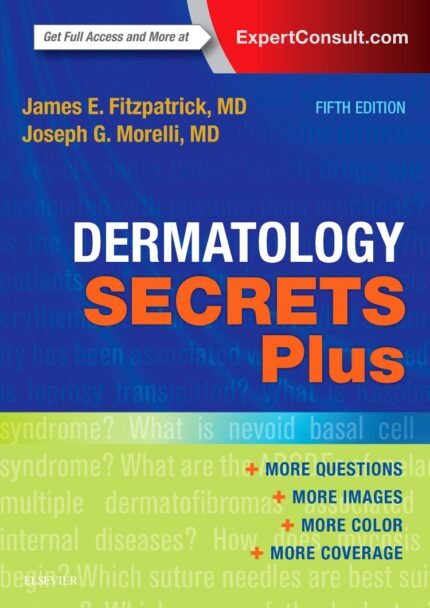


Reviews
There are no reviews yet.